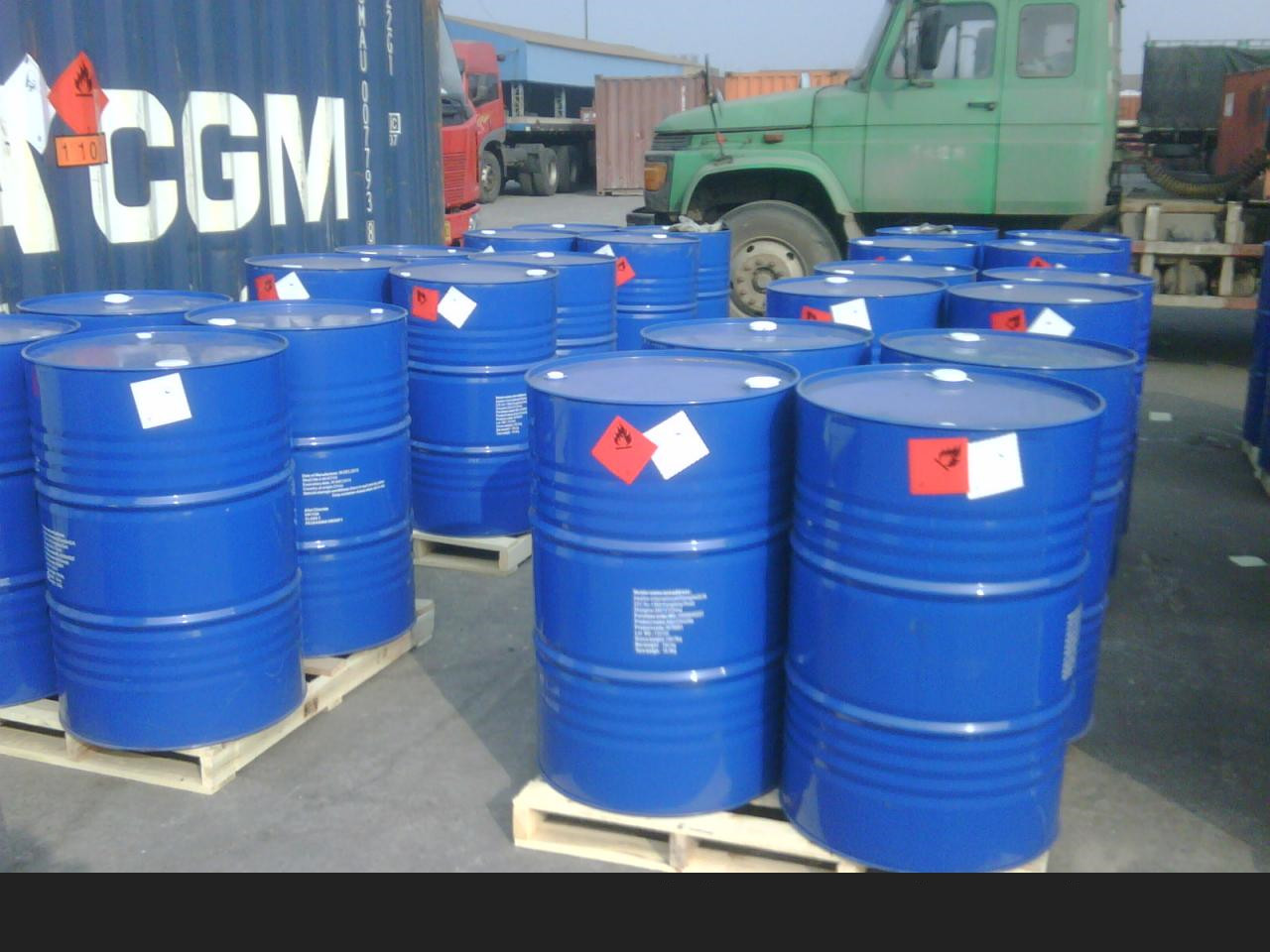Spring gynecological disease is highly prevalent
Vaginitis treatment is not completely repetitive Vaginitis is a general term for a variety of inflammatory diseases of the vagina caused by different causes. Because of the anatomical features of the vagina, healthy women have natural defenses against invading pathogens and do not develop inflammation. However, when the natural defense function of the vagina is damaged, the pathogen is easy to invade, causing vaginitis. Symptoms often have special itching, increased leucorrhea, odor, burning, and other discomfort. There are many pathogens causing vaginitis, including bacteria, viruses, protozoa, candida, chlamydia, mycoplasma, molds, etc. The most common clinical vaginal infections are bacterial vaginosis caused by many bacteria, as well as trichomoniasis and Candida albicans, mold-induced infections. Some female vaginitis patients feel good about themselves after using the medicine for a period of time. They do not follow the doctor's instructions and do not go to the hospital for review. As a result, vaginitis is not completely cured. It does not take long to recur, and thus it is prone to drug resistance. . Cervicitis increases the incidence of cervical cancer The cervix is ​​an important line of defense against the entry of pathogenic microorganisms into the uterus, fallopian tubes, and ovaries. There are two kinds of acute and chronic cervicitis, chronic cervicitis more common, often manifested as cervical erosion. The symptoms of cervicitis are not obvious and are easily overlooked and develop into cervical erosion. Erosion is divided into mild, moderate and severe. After the erosion occurs, leucorrhea often increases, thick, occasional purulent, bloody vaginal discharge, accompanied by backache, abdominal pain and lower abdomen heavy fall flu, menstruation, defecation or aggravation after sex, and some also showed menstrual disorders, dysmenorrhea And lead to infertility and so on. Women suffering from cervical erosion, the incidence of cervical cancer is 7 times that of healthy people. Neglecting treatment of pelvic inflammatory disease easily leads to infertility After suffering from pelvic inflammatory disease, the symptoms of the body are not obvious, sometimes there is low fever, lack of energy, general discomfort, insomnia, lower abdomen bulge, pain and lumbosacral pain, irregular menstruation and so on. If not treated, often from acute pelvic inflammatory disease to chronic pelvic inflammatory disease, leading to infertility. Epichlorohydrin (ECH)
Epichlorohydrin, 3-Chloro-1, 2 - epoxypropene, chloropropylene oxide ,ECH .
Molecular Formula: CH2OCHCH2Cl, C3H5OCl
ITEMS
GUARANTEED SPEC
PURITY% (m/m)≥
99.9
DENSITY g/cm3
1.180-1.183
COLOR(pt-co)≤
10
MOISTURE%(m/m)≤
0.05
Epichlorohydrin (Ech),Epichlorohydrin 106-89-8,99.9% Epichlorohydrin,High Quality Epichlorohydrin Shandong Tiancheng Chemical Co., Ltd. , https://www.tianchengchemical.com
Properties: It is a volatile, unstable colorless liquid with irritating odor similar to chloroform and ether. Molecular weight is 92.85, density, 1.1806g/cm3, boiling point, 116.11°C, freezing point, -57.2°C, refractive index (nd20), 1.4382, flash point (open cup), 40.6°C, and ignition point, 415°C. It is slightly soluble in water, miscible with many organic solvents, and able to generate azeotrope with a variety of organic liquids.
Main Applications:
Epichlorohydrin is an important organic industrial chemical and a chlorine-consuming product in fine chemicals, mainly for producing epoxy resin, synthetic glycerin, epichlorohydrin rubber, nitroglycerine explosives, glass fiber reinforced plastics, and electrical insulation products, which are widely used in the chemical industry, light industry, transportation, medicine, electronics and other fields. It also can be used as solvent for cellulose ester, resin, and cellulose ether, and the raw material of plasticizer, stabilizer, surfactant, and chloroprene rubber.
Toxicity and Protection: It is highly toxic, absorbed through the skin, and irritating to skin and mucous membranes. In higher concentrations, it has the function of narcotism. When poisoning occurs, there will be eye irritation, conjunctivitis, rhinitis, lacrimation, cough, fatigue, gastrointestinal disorders, nausea and other symptoms. Serious poisoning may lead to anesthesia or even lung, liver or kidney damages. Lethal concentration of human beings is 20ppm. Lethal dose of rat is 5090mg/kg. The maximum allowable concentration in air is 5ppm (18mg/m3). Production equipment needs to be closed, air, circulating, and the operator, wear protective equipment. In addition, due to intense auto polymerization, epichlorohydrin can not be heated in the fire in case of container burst. As for reaction as reagent, it is appropriate to be diluted with inert solvent and slowly added.
Packaging, Storage and Transport:
As ferric chloride or stannic chloride can promote auto polymerization, epichlorohydrin should be stored in dry, clean iron barrel, 200kg each, and kept in a cool, ventilated, and dry place, away from fire and heat. Store and transport in accordance with the provisions of flammable toxic substances.
EPICHLOROHYDRIN SPECIFICATION DATA SHEET

